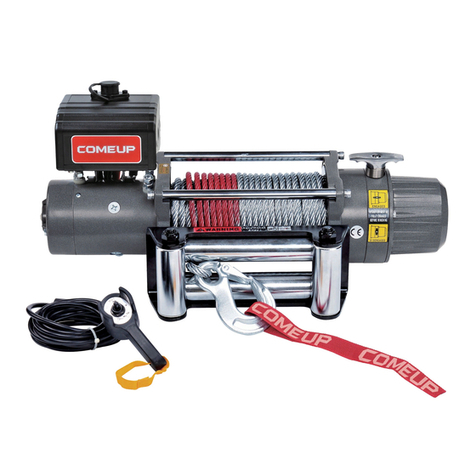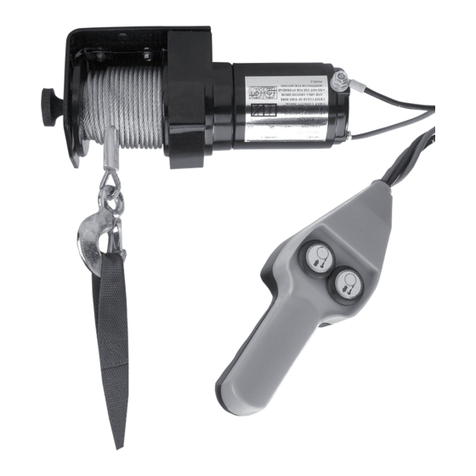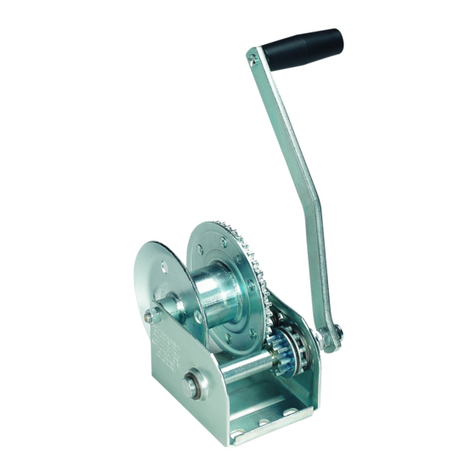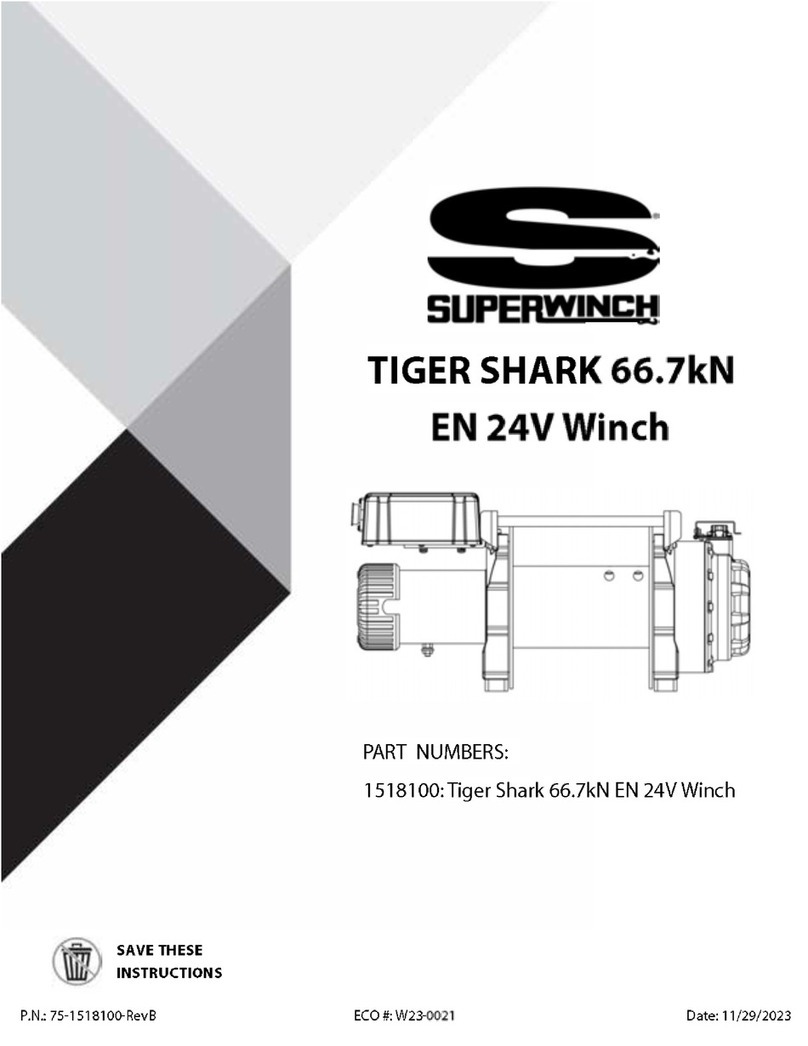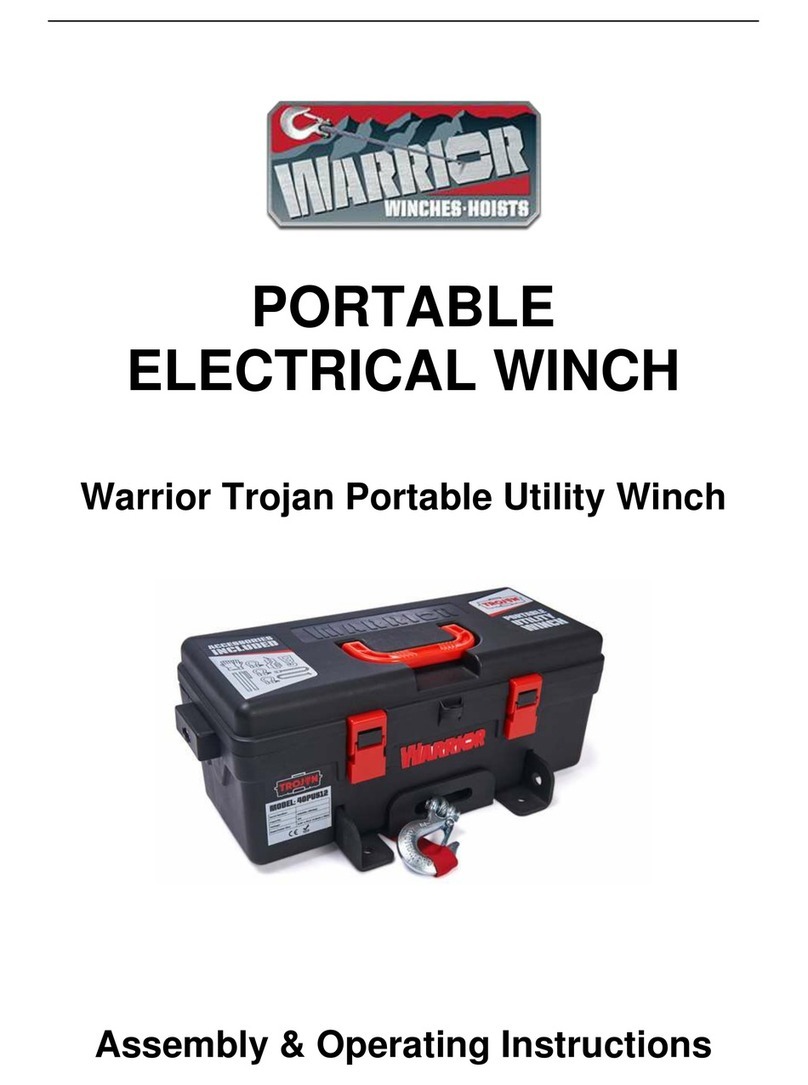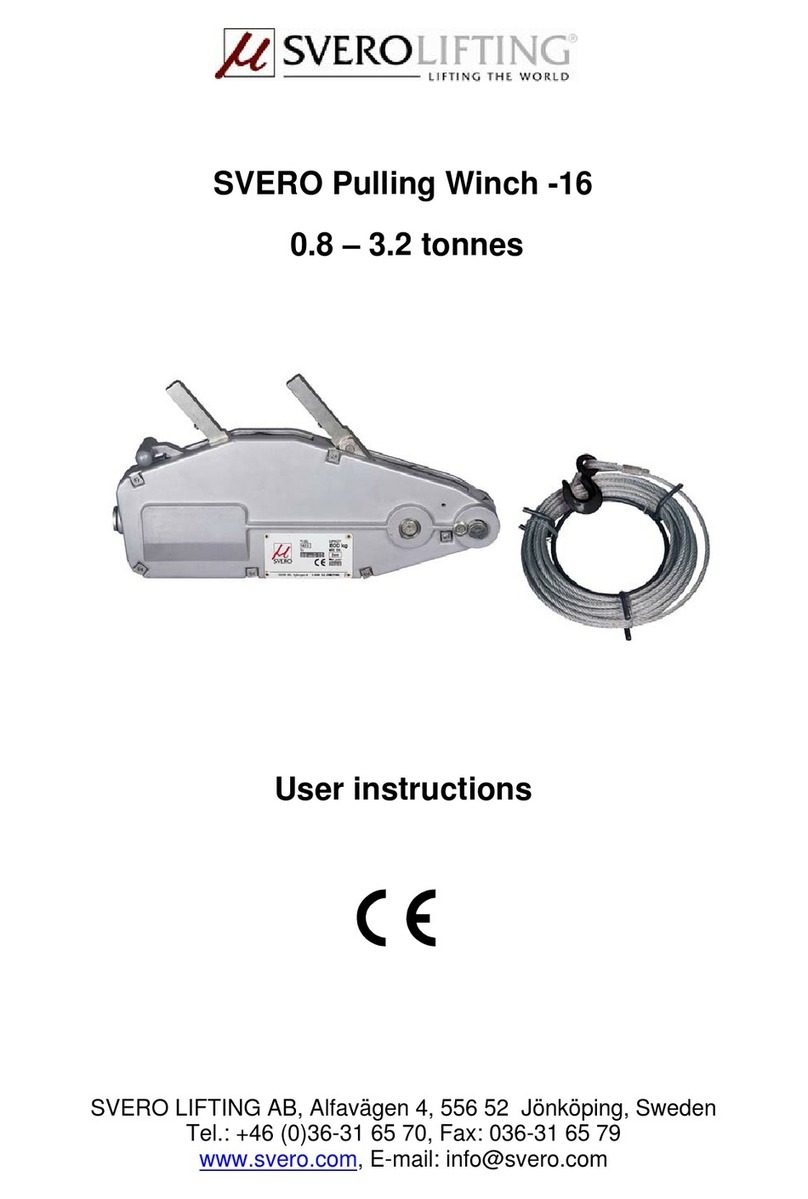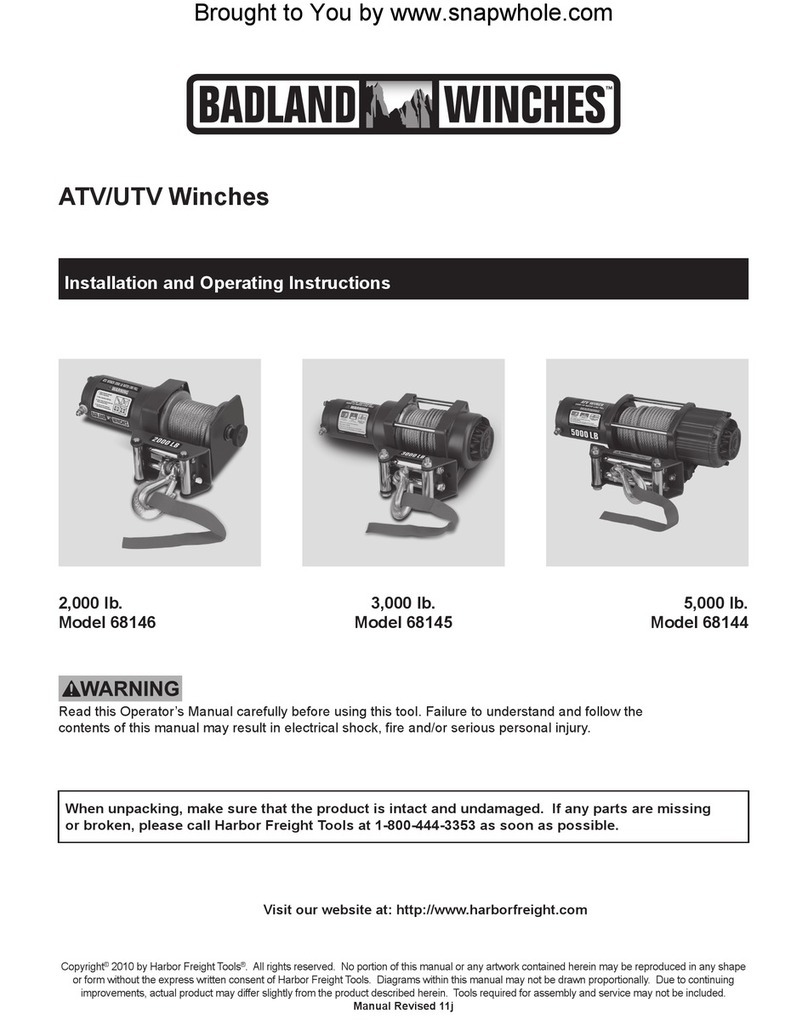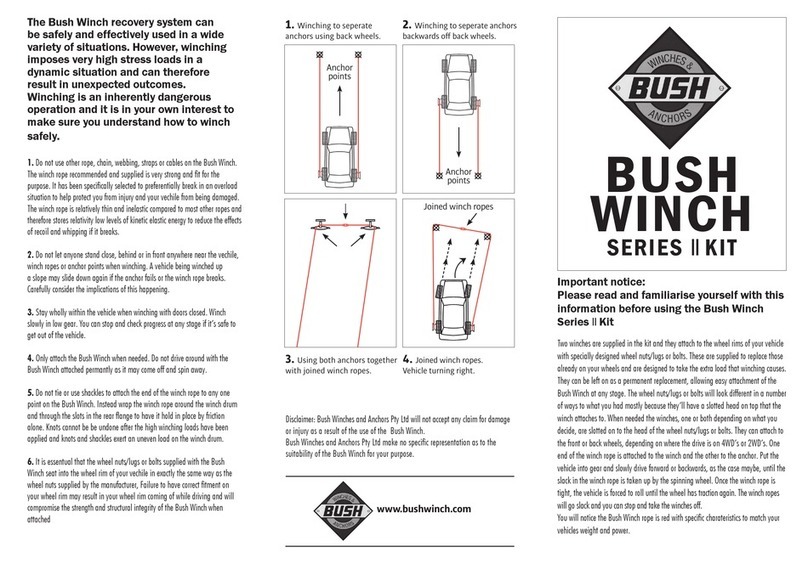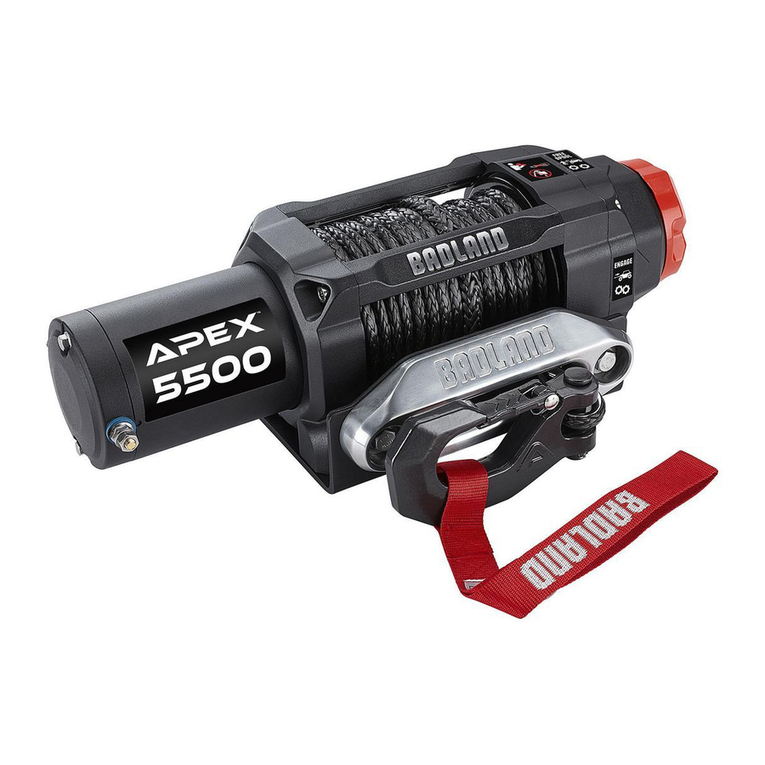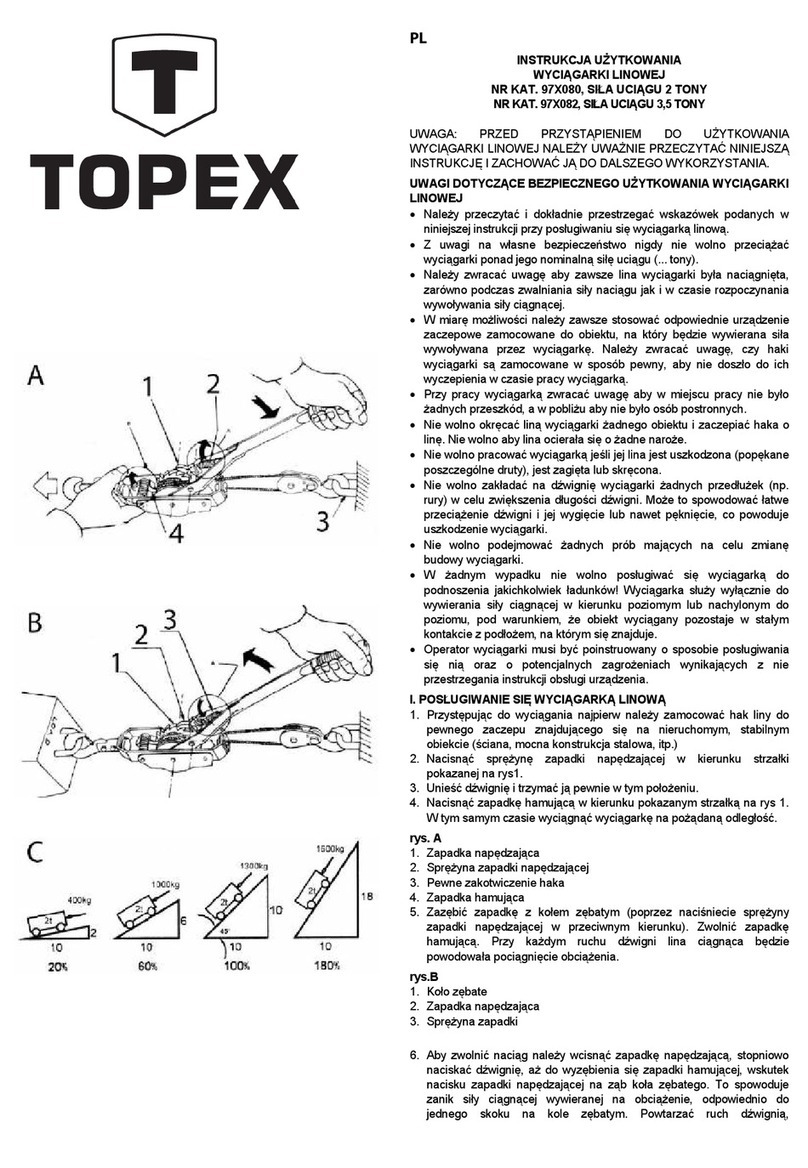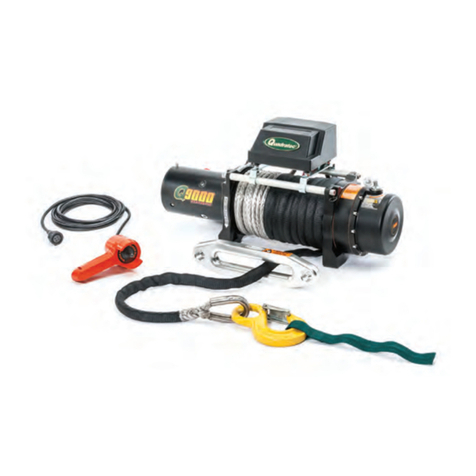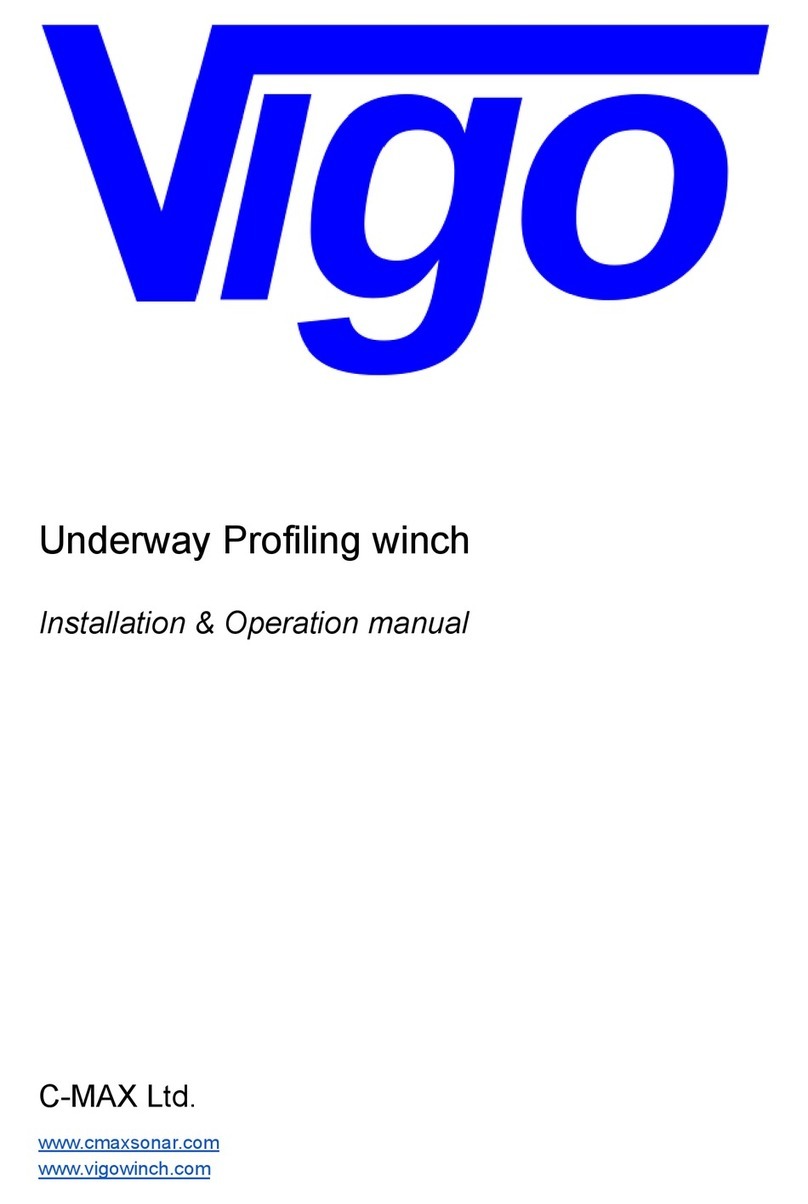
COMPONENTS OF YOUR DRUM WINCH
Savwinch drum winches retrieve and deploy anchors using a combination of rope and chain. These winches are
usually controlled from the helm.
The components of powered anchor systems typically include:
• anchor
• rope and chain (the rode), shackle and swivel, aluminium backing plate and bolts
• hawse pipe or guide roller and bowsprit
• winch assembly (including winch, power supply, power and control cables and Up/Down switches,
circuit breaker, and solenoid or Electronic Fast Fall System
The Anchor
The measure of an anchor's performance is how well it holds the boat under the forces of wind,
current and wave action. To be effective, it must hold in a variety of conditions on the sea bed; and it must stay
buried, even when the boat swings 180° with changing tides. Equally important, it must be easy to retrieve.
When it is time to move, there is nothing more frustrating than to find that your anchor is firmly attached to the
sea bed, with no chance of recovering it.
Savwinch recommends plow, claw and escape anchor types (all available in a range of sizes, and fabricated in
galvanised or stainless steel, or in some cases, aluminium). The pursuit of better holding capacity and ease of
retrieval has led to extensive research and development. Newer winch designs usually offer superior holding
power.
Choosing the right size and style of anchor
is critically important in the planning and purchasing of your anchor
system. There are so many different types and styles of anchors available. Some suit certain types of sea beds
better than others. Even among modern designs, the holding power of each style can vary considerably in
different conditions.
For boats anchoring in moderate wind speeds (up to 25mi/40kph) with light-to-average waves, on a sand or
mud sea bed, rule of thumb suggests your anchor should be about 3lb/1.5kg per metre of the boat's length.
Some of the more modern anchor designs quote as little as 2lb/1kg per metre.
Example:
A 20ft/6m boat could achieve good results with a 20lb/9kg plow anchor and 20ft/6m of chain. A
modern design such as a 13lb/6kg escape or delta anchor could provide the same, if not better, holding power.
These figures assume a boat with an average displacement and windage. Heavier boats such as a large flybridge
cruiser, a ketch or a catamaran would need 4lb-7lb/2–3kg per metre of boat length and would usually carry
more chain.
The operating environment can greatly affect your choice of anchor. If you only day fish, never anchor in heavy
seas or in winds greater than 20mph/30kph, and don’t sleep overnight on your boat, you may be able to drop to
one size smaller.
The following should be considered regardless of the size of your boat:
1. If you only use your boat for lakes, rivers and inland waterways, or if you plan to use it on protected bays for
day trips, then back to shore, then you may be fine with a slightly smaller anchor.
2. If the weather takes a turn for the worse, and you have to ride out the storm at anchor because you're not
always close enough to head back to shore, or if you're anchoring in very deep water or you're anchoring
overnight, consider using an anchor one size larger.
3.
Note:
When choosing your primary boat anchor, it is recommended that you assume a minimum
30mph/50kph wind rating.
Remember to carry a spare anchor and rode at all times. For a really good night's sleep in rough weather,
consider deploying both anchors. Do your homework. If it makes you feel more secure, don't hesitate to go to
the next larger size.
If you're anchored on a lee shore with an engine that won't start and bad weather moving in, you'll probably
wish you had invested in a more substantial anchor!
The Rode
The connection between the winch and the anchor (the rode) is a combination of rope and chain. It is
typically three-to-five times your greatest anchorage depth. This is called its 'scope'.
